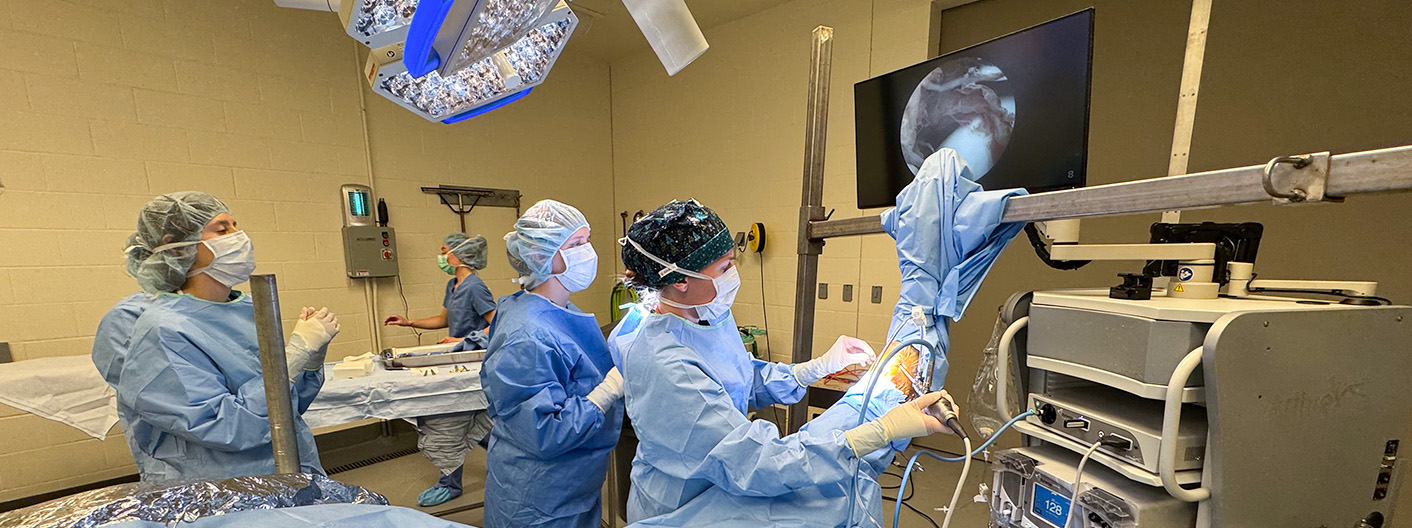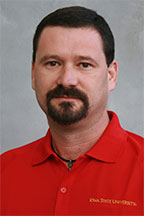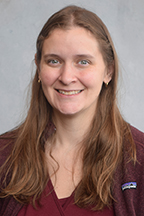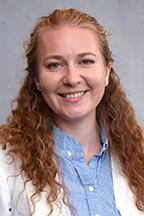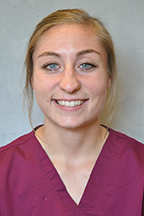Complex Procedures
In addition, we offer more complex procedures, such as:
Abdominal Procedures
Gastroscopy
Gastroscopy is the only way in which to definitively diagnose gastric (stomach) ulcers. This outpatient procedure requires sedation and a small camera is passed through the horse’s nasal passages, down the esophagus, and into the stomach. Your horse will need an empty stomach, however, and it is recommended they be held off feed for 12 hours and water for 4 hours prior to your appointment.
Emergency colic surgery
The staff at the LVMC are available at all hours to accept emergencies. Our sterile colic surgery suite is equipped with a closed-circuit camera allowing owners to observe surgery from the privacy of a designated room.
Laparoscopy
Laparoscopy is a minimally invasive surgical procedure that uses multiple small incisions to accommodate specialized instruments. Laparoscopy is available for certain abdominal procedures, such as cryptorchid castration and ovariectomy.
